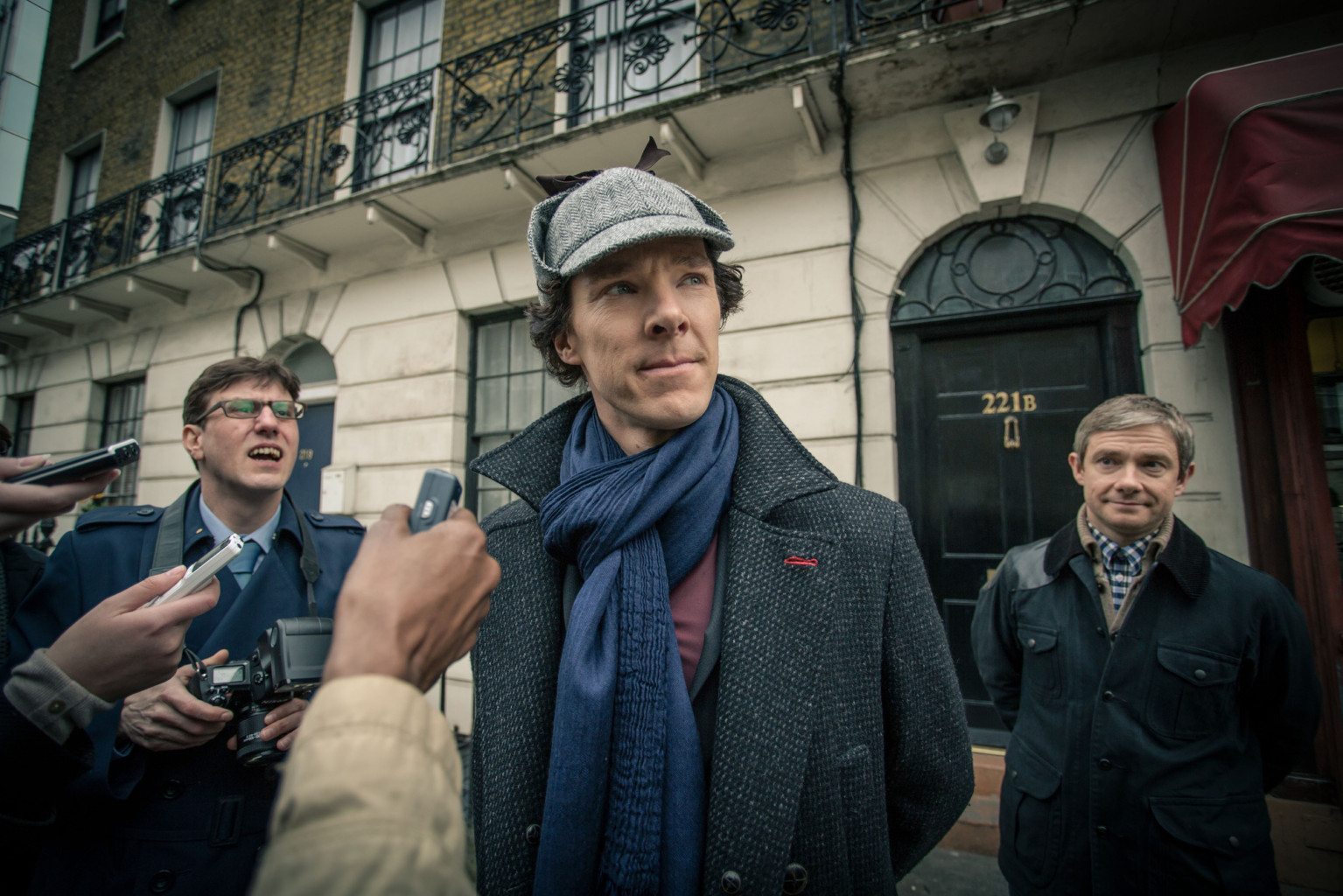Memorise using the Method of Loci
With summer exams not far away, students will spend hours trying to commit equations, case studies and definitions to memory. But what is the best way to remember things? Many psychologists and memory experts would claim that this title belongs to the Method of Loci.
It was first developed through ancient Greek and Roman rhetoric literature, and is now often merged with earlier established principles that were given the collective name ‘The Art of Memory’. Commonly called the Memory Palace, this method is a mnemonic that uses a deliberate association between familiar locations and the content being remembered. Practically, the method involves someone recalling the layout of a place, perhaps their home or any well acquainted place that has a number of individual ‘stopping points’ – loci.
In its simplest form, a person would imagine themselves walking through their Memory Palace and individually relating an item of information with an identifying aspect of a given locus. For example this could be linking a digit of a phone number with a framed picture that you have on your desk. To recall the items, one simply walks through the Memory Palace and the information is triggered by the loci. For a collection of related items it is sometimes referred to as the “Journey Method”, with the term “Roman Room” for storing random information.
An experiment was conducted where scientists scanned the brains of people with exceptional memories, revealing an activation of spatial awareness regions of the brain, including the retrosplenial cortex and medial parietal cortex.
There are a number of explanations for this remarkably effective use of our spatial learning, the most prominent theory claiming that as primordial human beings we used our brains in a fundamentally different way. Mere survival was a much greater task and relied upon remembering information like where food could be found, water sources, and places for shelter. All these key requirements are characterised by location and therefore have imprinted an advanced spatial memory system, which as modern day humans we can use for other purposes. A number of English phrases, such as “in the first place”, are thought to make reference to method of loci techniques and the spatial significance of our learning.
The ancient Latin treatise, Rhetorica ad Herennium (anonymous), is the earliest surviving rhetoric aged at around 2100 years old. Most notably this book, but also most other sources, encourage the method of loci to be ‘elaborately encoded’; incorporating visual, auditory, or any other detail that adds clarity to the Memory Palace. However for smaller blocks of information, just the spatial connection is considered to be sufficient. More modern variations of the method use imaginary places which can be as large as an entire city. The same method is then applied in the same way as before. Compared to the conventional approach, it has a more taxing setup but it provides the freedom to implement a sort of filing system as well as a convenient path to take. Seperate cities or regions can hold related information and therefore form distinct categories.
Many memory champions claim to have used this method, including Clemens Mayer who used a 300 loci journey through his house to memorise a record 1040 random digits in a half hour. The feats of these champions has little dependence on a well structured brain or intelligence, but primarily based on their ability to apply the spatial learning regions of their brain to memory tasks. Experts claim that a normal person using this technique could remember the sequence of a deck of cards within an hour, given time to establish a route and associate the information (Simon Reinhard can do this in 21.19 seconds).
As an accessible tool for students with empirically proven results, the Method of Loci may be worth the consideration. Patrick Lane from the ‘The Mentalist’ as well as Sherlock Holmes have been known to use a Mind Palace, so why not give it a go?

Comments